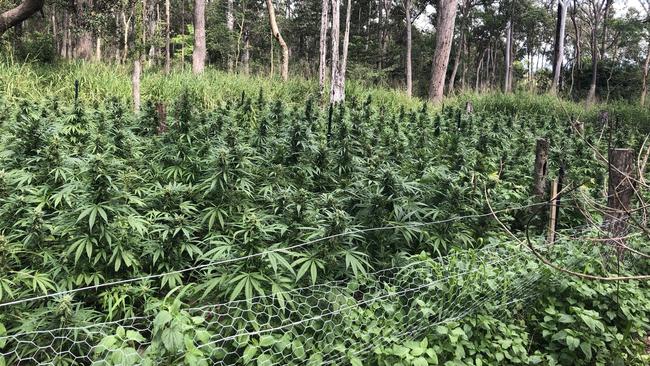Coronavirus Qld lockdown saw increase in illicit drug use
Despite fears people’s drinking would sharply increase during the lockdown, new evidence shows it actually decreased. Here’s what we were doing instead.
QLD Politics
Don't miss out on the headlines from QLD Politics. Followed categories will be added to My News.
Many Queenslanders snorted and smoked their way through the pandemic, with record levels of some illicit drugs detected.
Despite fears people’s drinking would sharply increase during the lockdown, new evidence shows that drinking was down before starting to return to more usual levels.
Party drugs on the rise in regional Qld
A new report shows record high use of cannabis, cocaine and meth across Australia, including parts of Queensland, in April and June this year.

Even as drug prices rose, as international border shutdowns made smuggling illicit substances more difficult, people were continuing to use.
The Australian Criminal Intelligence Commission report to be released on Thursday made the findings after testing wastewater levels across the country.
It found that the use of cannabis increased from April to June to “the highest level recorded” by the program since it started in 2016, with use particularly prevalent in regional areas.
Methylamphetamine use also hit record highs in regional areas.
Regional Queensland recorded the second highest rates of methamphetamine and cocaine use in the country.
Cocaine use in most capital cities across the country also reached record levels in June, but not in Brisbane where there was a decrease.
Australian Criminal Intelligence Commission boss Michael Phelan said restrictions imposed in response to the COVID-19 pandemic had impacted illicit drug markets.
Mr Phelan said even when prices of drugs went up or down, it did not always impact how much people were using.

“There have been some price increases, particularly at the wholesale level, although a number of the increases have been within historical ranges,” he said.
“Even in locations where considerable price increases have been reported, consumption of some drugs has increased.”
The report deidentifies where the wastewater is tested, other than capital cities or regional areas, so specific locations of where drug use was most prevalent was unavailable.


